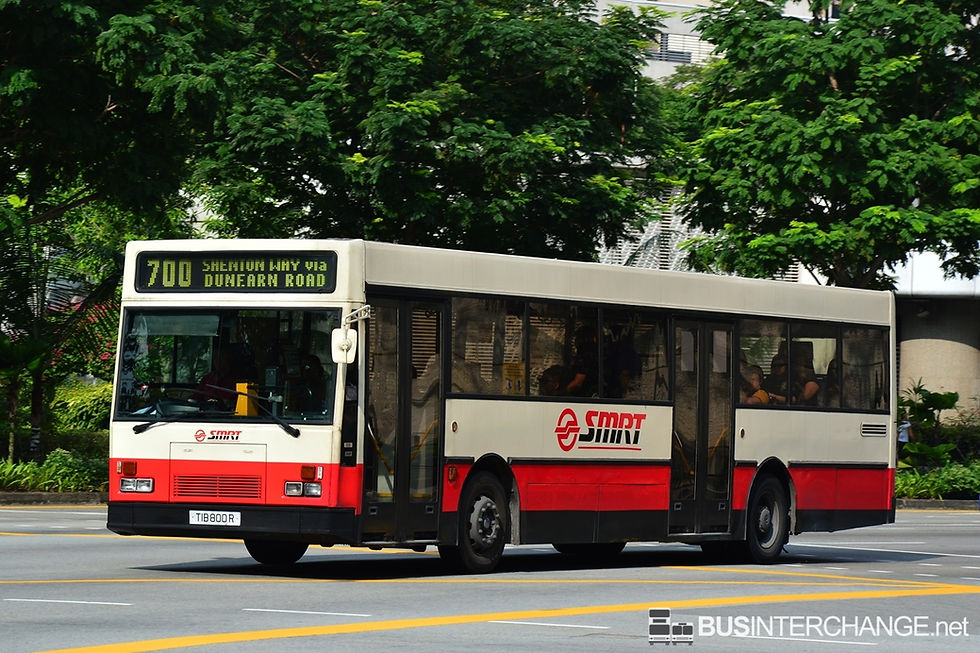Mr Ong Ye Kung’s just been made Transport Minister, but he already has had to deal with one hot potato, a perennial one - rationalisation, which is the amending or withdrawing of bus services with low demand.
This time, it’s the residents of Bukit Panjang, who are already used to drawing the short straw when it comes to public transport - look no further than the history of its incident-prone Light Rapid Transit system.
On 3 August, as a rationalisation exercise, the Land Transport Authority (LTA), Singapore’s bus route planner, announced the withdrawal of two SMRT bus services, 700 and 700A, and the amendment of two more services, 171 and 972. These services plied along the Downtown Line (DTL) - which meant a duplication of resources.

Cue public outrage over the changes which would affect tens of thousands of residents, extending the journeys of some by at least 20 minutes.
On 7 August, Minister Ong was forced to, ahem, rationalise the rationalisation, revealing that $60 million a year in public funds goes towards subsidising operations for the DTL connecting Bukit Panjang to the city. Also, two of the bus services to be rationalised were also being subsidised at $14 million a year. Which means it didn’t make economic sense to keep both running.
He said: “If the bus services are the only public transport option available to residents, LTA is able to justify the public spending… But with the DTL available, LTA needs to exercise prudence in public spending, and is hence making the changes announced.”
After more than a week of negotiations between LTA, the Ministry of Transport, and Bukit Panjang town MPs, compromises were finally worked out on 13 August, which saw some changes withdrawn, and other bus services step in to plug the transport gaps left by other changes. The rationalisation furore looks to have died down, but it will not be the last.

As my book Jalan Singapura mentions, rationalisation has been an issue as early as the 1970s, when the newly-formed Singapore Bus Service - a private company - laboured to figure out how to best serve the rapidly-changing urban landscape of an island city-state while keeping its profit margins healthy. It did not make economic sense to maintain bus services which ensured 100% connectivity across all locations but did not pull in enough commuters to pay for themselves.
This financial logic became even more apparent when the North South MRT Line opened in 1987. Almost immediately, bus services which ran parallel to the line and suffered a significant decline in ridership - at least a third - were amended or withdrawn, much to the chagrin of commuters.

Herein lies the fundamental dilemma - offer more choices to commuters, or keep the spending of funds, be it public or private, prudent?
With regards to dollars and cents, rationalisation is rational. But when it comes to public sentiments towards public transport, just rational, economic considerations are not enough.
Ultimately, the authorities must mull over rationalisation taking into account the nationwide car-lite drive, which officially began in 2014. Removing unprofitable bus services will not help the nationwide push to get people to give up their cars for good. Going car-lite doesn’t mean just cutting back on the car population and car usage - it also means giving commuters so many public transport options, falling back on private transport is out of the question.
Perhaps, in this light, rationalisation would sound less rational.

Comentários